Heavy Metal
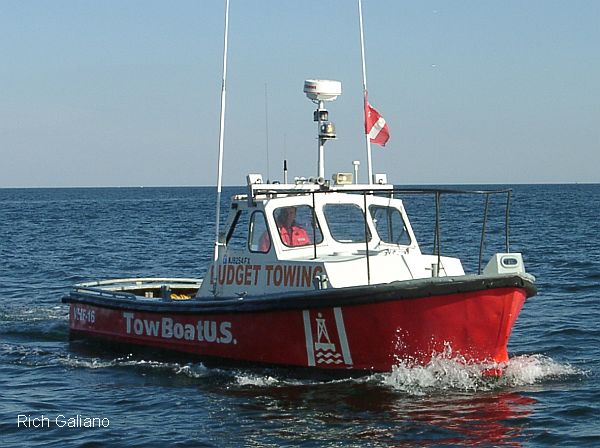
- Type:
- artificial reef, tow boat
- Built:
- 1956
- Specs:
- ( 30 ft )
- Sunk:
- Tuesday July 18, 2006 - Townsends Inlet Artificial Reef
- Sponsor:
- Budget Towing - Point Pleasant / TowBoatUS / Friends of Margie Starns
- GPS:
- 39°06.306' -74°36.471'
- Depth:
These old ex-Coast Guard utility boats were prized by commercial operators for their power and robust steel construction. On retirement from the Coast Guard, this one was acquired for use as a towboat, precisely what it was originally designed for.
Prior to sinking, the engine and transmission were removed and replaced with a reef ball for ballast. The cost of the prep work and towing was covered by the proceeds from the "Townsends Inlet Reef Fluke Tournament" on May 20, 2006. Local businesses and anglers from Avalon and Stone Harbor area organized the tournament.
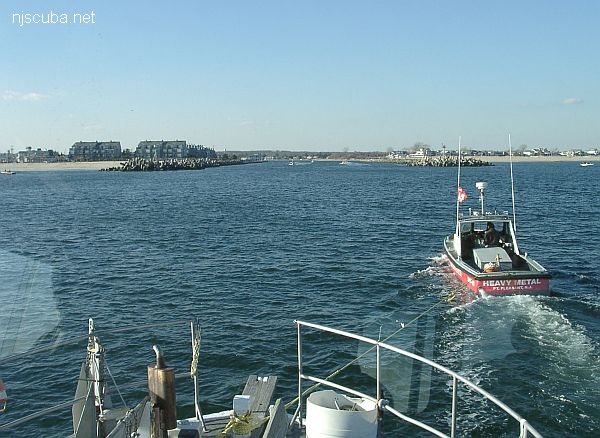
"This steel-hulled surf boat was eventually retired from active duty and fell into a state of disrepair. Budget Towing & Salvage ( TowBoatUS Manasquan, Shark River, and Mantoloking ) acquired the boat in 1991 and put it to work serving the boaters of central New Jersey. The boat was old, wet, and very noisy, although it handled seas extremely well, and it was great in the shallows for grounded boats. It had a large skeg that we could actually ground the boat on and work it up on the flats and then back out. Offhand, I can think of at least 6 dive boats that were towed in over the years by Heavy Metal."
-- Capt. Duane Clause, TowBoatUS
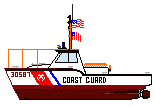
The untiring 30-foot utility boat was produced in several versions and served the US Coast Guard until it was replaced by newer 32- and 41- foot boats. The 30 footers could be seen serving from nearly every Coast Guard Station in the US and was used for all duties including law enforcement and SAR. The 30 footers were built of fiberglass in 1962 to replace older steel 30 footers that were built in the 1950s.


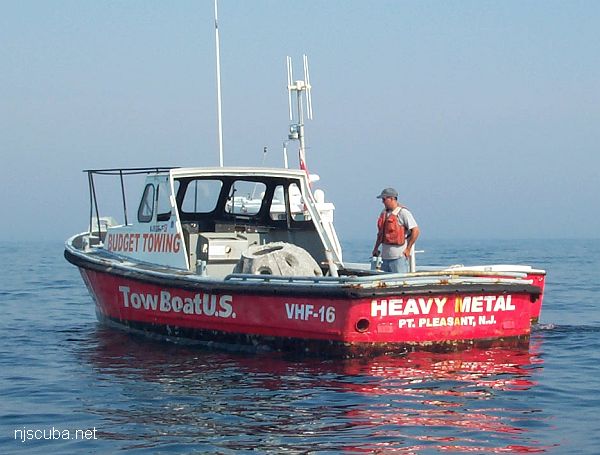

Heavy Metal has been utilized by the Artificial Reef Program many times over the years. More pictures of her in action can be found on the Axel Carlson Reef.

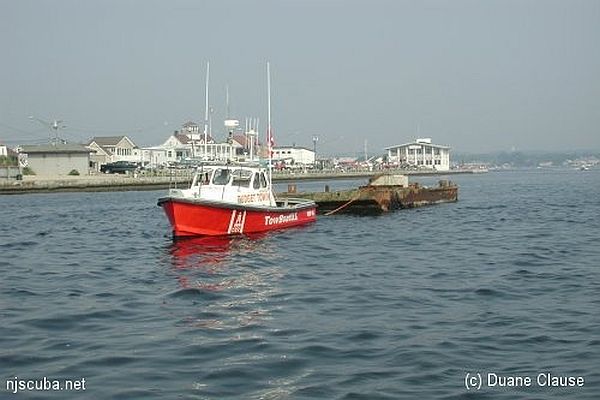

Questions or Inquiries?
Just want to say Hello? Sign the .